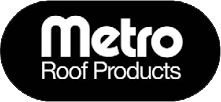The roof of your home is arguably the most important for countless reasons. It provides protection from the elements, keeps your home warm, and protects your home’s structure, among other things. The roof is also, arguably, what can boost your home’s value the most–so a quality, well-maintained roof is essential. However, there are many different types of roof materials on the market, so knowing what to choose can be hard.
Roofing Materials
Here are some common types of home roof materials, and the good and bad about each:
1. Solar Tiles
Solar tile roofing is a newer roofing option that is eye-catching. Solar tiles also can help save money on the electricity bill, since they absorb solar energy that can be converted into power.
Solar tiles take a long time to install and are also incredibly expensive. They are also not an ideal option for homes in shaded areas. Additionally, they are somewhat fragile compared to other options.
2. Asphalt Shingles
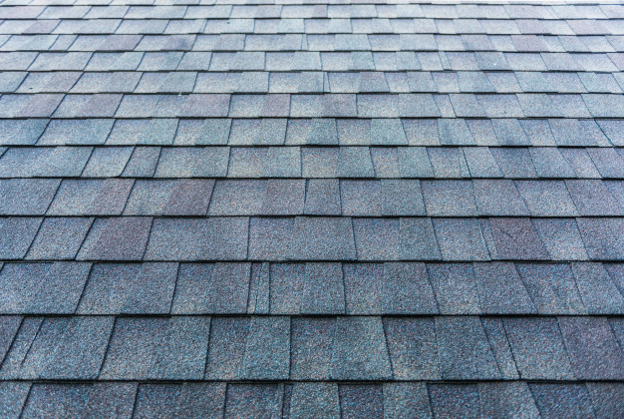
Asphalt shingles are one of the classic roofing materials that you see on most modern homes. They are an affordable, easy-to-install option that is also easy to repair and replace as needed. You can even choose from a basic asphalt shingle to something higher-end like 3-tab or architectural.
However, due to the way they are designed, asphalt shingles are not the most durable option. They can last up to 30 years, depending on what they are exposed to, like wind and sun. But unfortunately, once the granules on asphalt roofing are gone, the whole roof needs to be replaced.
3. Metal Roofing
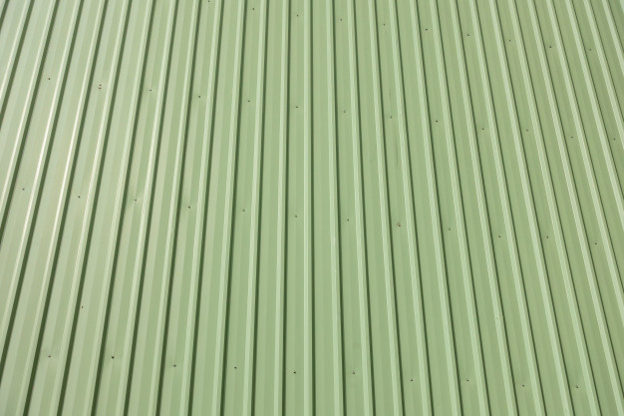
Metal roofing comes in many different forms, like metal shakes and shingles, standing seam metal roofing, and stone coated steel. All are popular options due to their ability to take a beating, keep moisture away, and provide superior UV protection.
Costs can vary for metal roofing, however, depending on the style you choose. Additionally, while metal roofs can withstand the impact of hail and things like water and fire, the damage will eventually begin to show and can take away from the look of your home.
4. Slate
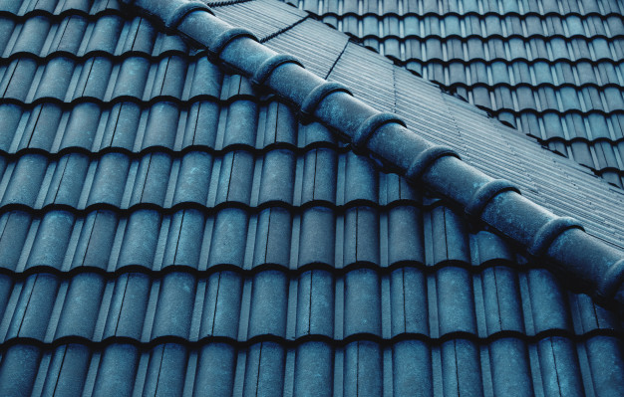
Whether tiles or shingles, there is no denying the popularity of slate as one of the natural types of roof materials for homes. It is beautiful, incredibly durable, and can last for a very long time.
Unfortunately, slate is heavy–meaning not all homes are strong enough to support the weight. They are also expensive, and slate roofs require a specialist to install them, which can be hard to find. Repairs can also be more difficult for slate tiles and shingles.
5. Clay Tiles
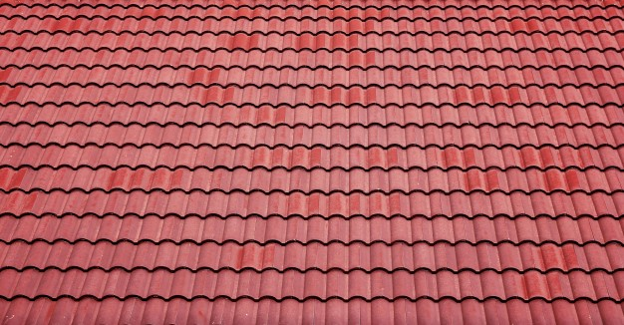
Clay tiles are another natural roofing option, made from earthen clay and molded and fired for durability. It is a great option for homes in hot climates, making them popular in southern coastal and desert regions. They also absorb less moisture, meaning they require less maintenance.
But, one major disadvantage of clay tiles is that they are expensive. While clay tiles are lighter than concrete tiles, they can add a lot of weight to a home’s structure, which can cause issues. Although they offer some level of durability, clay tiles are incredibly fragile and can break when it comes to working on them.
6. Concrete Tiles
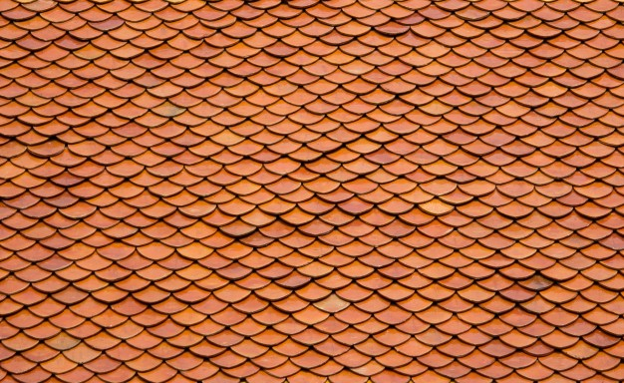
Concrete is a durable option that can mimic different types of roofing materials, like asphalt, slate, and even wood shingles. Clay is also cheaper than options like clay and can last upwards of 50 years.
On the other hand, concrete is still heavy and can put a lot of stress on the structure of a home. They also require more maintenance, especially because of water absorption.
7. Green Roofing
Green roofs, or living roofs, are essentially small gardens in the form of a roof. They are excellent in managing water runoff, insulating a home, and putting clean oxygen back into the air.
However, the cost of building and maintaining a green roof can add up quickly. Additionally, it requires a lot of maintenance, especially to keep the plants alive and well.
8. Rolled Roofing
One of the types of roofing materials you may not hear much about is rolled roofing. It is popular for low-sloped roofs, is quicker to install than traditional shingles, and is the most inexpensive roofing option on the market.
However, with rolled roofing, there really aren’t color options to speak of–most are black, though you can find some tan, gray, and green options. It is also not very durable and has a lifespan of about ten years. Rolled roofing is also not the ideal option when appearances are a concern since it isn’t very attractive.
9. Membrane Roofing
For homes with flat or low-pitched roofs, one of the common types of roof materials is membrane roofing. Membrane roofing is made most commonly with EPDM, a synthetic rubber sheet material. It is reliable, affordable, lightweight, and easy to install and repair.
On the other hand, the presence of roof penetrations like chimneys and HVAC systems can make installation a bit harder and more expensive. It is relatively easy for a membrane roof to become punctured. Even the seams between the membrane sheets can lead to leaks, which can cause serious issues.
10. Built-Up Roofing (BUR)
BUR was once the most common roofing material for flat roofs before membrane roofing came around. Ir provides great protection against water, UV rays, and weather, is low maintenance, inexpensive, and easy to remove when it needs to be redone or repaired.
But, BUR has a slow and labor-intensive installation process. It also has the potential to release hazardous fumes during installation and finding leaks when necessary can be difficult.
11. Wood Roofing
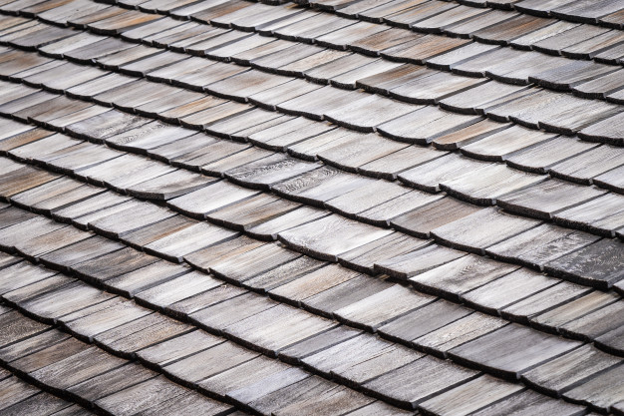
Wood roofing is, without a doubt, one of the most classic types of roof materials around. It is a beautiful, rustic option that is also very durable and provides energy efficiency.
However, wood roofing is a pricey option to order and install and has the added cost of maintenance. Maintaining wood roofing is also labor and time-consuming and, without the required maintenance, the roof can become severely damaged and ineffective.
12. Synthetic Composite Shingles
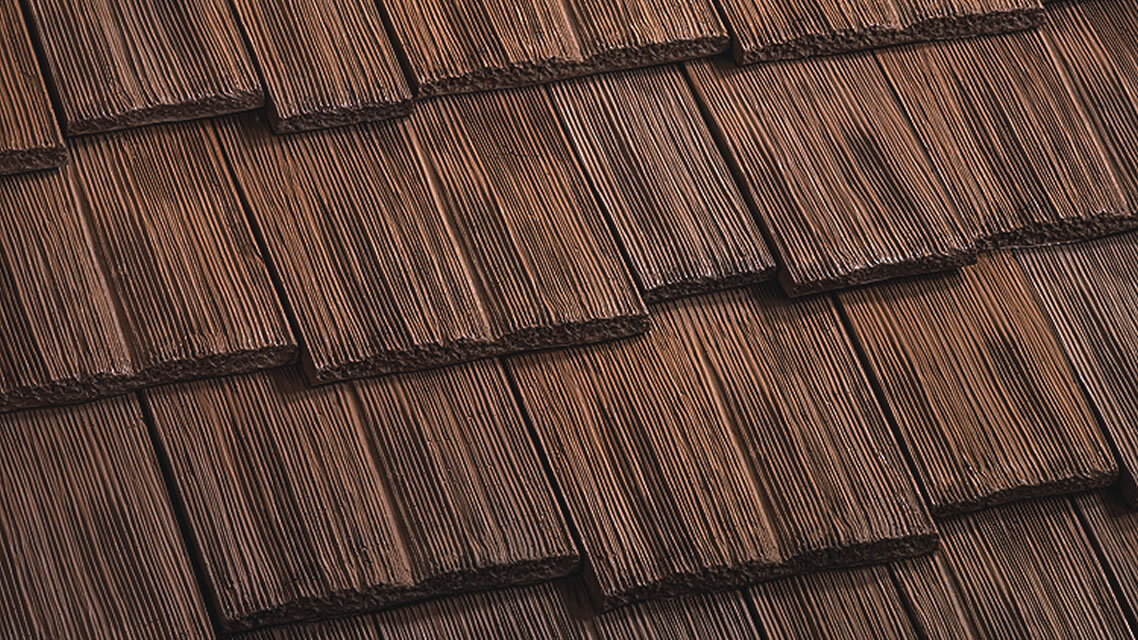
Synthetic composite roofing is a lightweight, affordable option with extreme durability. Synthetic roofs offer the highest impact and fire ratings.
Unlike the other types of roof materials, synthetic roofing is easily accessible and comes in a wide range of beautiful styles, including slate and cedar shake. What makes synthetic roofing the best choice is that it is virtually maintenance-free and a long-lasting option.
